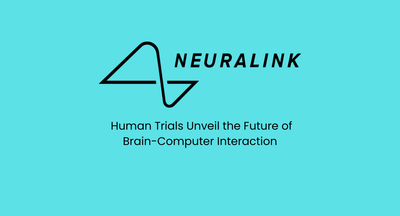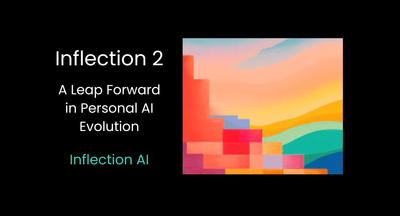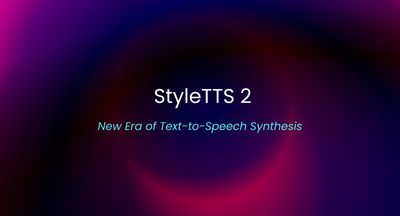Hyena

Forget GPT-4! AI scientists from Stanford and MILA have developed an impressive technology called Hyena Hierarchy that could outperform existing language models like ChatGPT. This revolutionary approach tackles the limitations of traditional models, offering similar accuracy in AI tasks while demanding significantly less computing power.
The Problem with Attention: The attention mechanism, the backbone of models like GPT-4, suffers from a computational flaw. As data increases, so does the processing time exponentially. This means slower response times or the need for more computational resources.
Enter Hyena: Hyena is a game-changing technology that overcomes the limitations of attention-based models. By replacing the attention operation with sub-quadratic convolution, Hyena achieves comparable accuracy to attention-based models while drastically reducing computational requirements.

Hyena is a combination of filters that build upon one another without incurring a vast increase in neural network parameters.
Source: Poli et al.
The Power of Hierarchy: Hyena operates through a hierarchical data processing approach, resembling the intricate social structure of a hyena clan. It combines simple operations to create a powerful language model that can handle vast amounts of text without running out of memory.
Efficiency Meets Performance: In their experiments, the researchers demonstrated that Hyena matches the performance of GPT models while using 20% fewer computing operations. Even more impressive, at higher input lengths, Hyena achieved a 100x speed improvement over attention-based models.
Breaking the Quadratic Barrier: Hyena's sub-quadratic design breaks the computational barrier, opening doors to new possibilities in deep learning. The technology paves the way for processing entire textbooks, generating long-form music, and handling gigapixel-scale images.
Unbounded Context and Multimodality: Hyena offers unlimited context for language understanding and can potentially be extended to various data modalities, including images, videos, and sounds. Its flexibility allows for seamless recall of relevant information from diverse sources.
The Future of Large Models: While the current version of Hyena is smaller compared to GPT-4, its efficient design hints at a paradigm shift in large-scale language models. If scalability holds true, Hyena could redefine the landscape of AI models.
To sum up, Key differentiators:
- Hyena surpasses ChatGPT: In a head-to-head competition between ChatGPT and Hyena, the latter emerged as the more capable AI when it comes to handling data. This puts ChatGPT's position as one of the leading chatbots at risk.
- Experience in AI: Hyena is developed by a team of AI experts with extensive experience in the field. Their expertise contributes to the unique capabilities of Hyena and its potential to revolutionize the current AI landscape.
- Efficient training and data processing: Hyena can achieve everything that ChatGPT does but with less training time and greater data processing capacity. This efficiency makes Hyena a promising AI with the potential to outperform existing models.
- The Pile dataset: To test Hyena's processing power, it was exposed to The Pile dataset, which consists of over 250,000 books and weighs 825 GB. Hyena was able to process this extensive dataset and deliver impressive results.
- Comparable performance with less training: Hyena achieved scores similar to ChatGPT while undergoing less training. This highlights its ability to learn and process complex information from a larger database.
- Significant performance improvement: Hyena demonstrated remarkable acceleration in completing complex language tasks, achieving a hundredfold performance improvement compared to ChatGPT. This showcases its potential for high-speed data processing.
- Revolutionizing AI: Hyena represents a revolution in the AI field with its efficient processing capabilities and impressive performance. While still under development, it has the potential to transform various domains, including medicine.
- Future challenges: Although Hyena shows great promise, it is important to acknowledge its imperfections and ongoing development. It is not intended to be a chatbot for casual inquiries but instead aims to tackle challenges in different fields, such as medicine.
Exciting times lie ahead as Hyena Hierarchy challenges the status quo of language models. By revolutionizing efficiency and performance, Hyena has the potential to unlock new frontiers in AI applications. Stay tuned for future developments in this groundbreaking technology.


We research, curate and publish daily updates from the field of AI. Paid subscription gives you access to paid articles, a platform to build your own generative AI tools, invitations to closed events and open-source tools.
Consider becoming a paying subscriber to get the latest!
No spam, no sharing to third party. Only you and me.








